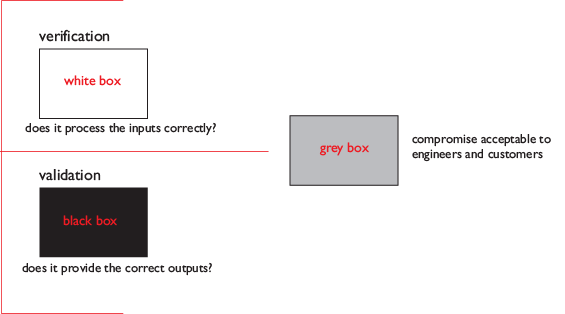|
Course information
Audience
This one day course is aimed at engineers and managers in quality, design and development functions. It is also of value to others who are involved in the acceptance of new products or processes. Delegates do not require any knowledge of statistics, but they should be able to calculate standard deviations with a suitable calculator (just which buttons to press, not necessarily what it means !).
Course content
The course is a blend of teaching and many exercises which are tackled by small teams.
• How design validation links to quality plans, customer use,
statutory and regulatory requirements
• Comparison with design review and verification
• How to select the environmental factors
• Planning and designing the trials
• Super-saturated arrays
• Orthogonal arrays
• Analysis and interpretation of results
Expected results
By the end of the course delegates will know how validation tests fit in with the development or commissioning process. They will be able to plan, execute and analyse the results of a design validation trial.
|

